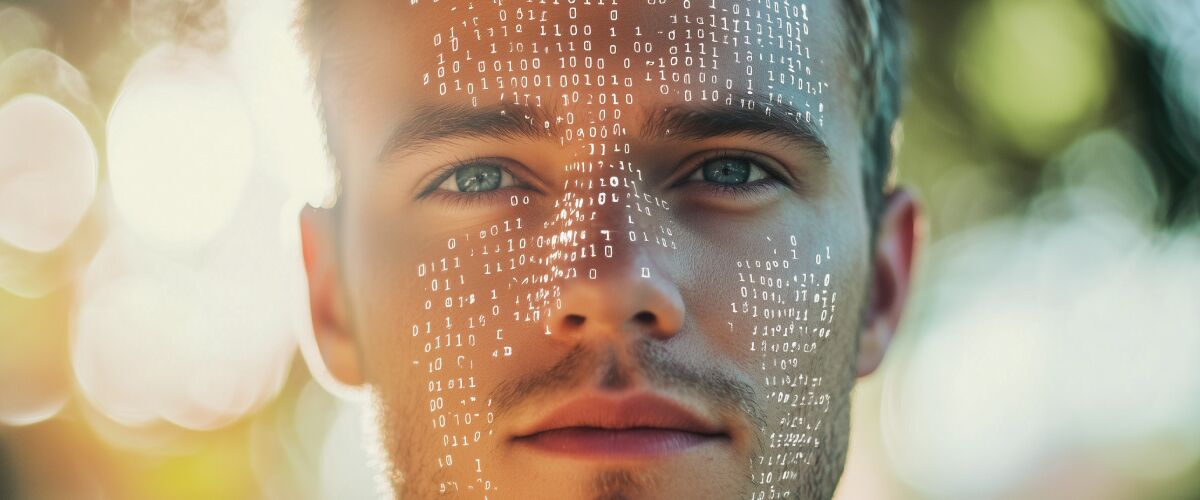Fake News: You Haven’t Seen Anything Yet
On February 14, 2018, a young man walked into Marjory Stoneman Douglas High School in Florida and opened fire on students and faculty with a semi-automatic rifle. By the time he finished, 17 students were dead.
The 2018 Valentine’s Day massacre galvanized surviving students at the high school into political action in favor of gun control. One named Emma Gonzalez wrote an article for Teen Vogue magazine, which included a video where Gonzalez tore up a bullseye target.
An image of Gonzales tearing up the bullseye quickly went viral on the internet. But almost immediately, another version of the image began to circulate, showing Gonzales tearing up a copy of the US Constitution. This manipulated image was fake, but those sharing it claimed it was genuine.
Free Wealth Protection Insights
Enter your email below to receive our weekly briefings on better ways to preserve your wealth, legally reduce your tax bill, and better protect what you’ve worked hard to build.
The Nestmann Group does not sell, rent or otherwise share your private details with third parties. Learn more about our privacy policy here.
PLEASE NOTE: This e-series will be delivered to you via email. You should receive your first message minutes after joining us. By signing up for this course, you’ll also start to receive our popular weekly publication, Nestmann’s Notes. If you don’t want to receive that, simply email or click the unsubscribe link found in every message.
Deepfakes: The Evolution of Fake News
Two months later, a video began circulating online of Donald Trump speaking to citizens of Belgium. In the video, he said, “As you know, I had the balls to withdraw from the Paris climate agreement, and so should you.” This was also a fake—created by a left-wing Belgian political party.
These examples illustrate the latest and most insidious iteration of the “fake news” phenomenon: deepfakes. And it’s about to get worse. Free online tools like Google’s TensorFlow allow anyone to use artificial intelligence (AI) to create highly convincing false content.
How Deepfakes Could Reshape Society
Imagine a video released right before an election showing a candidate confessing to crimes or a sitting president admitting to treason. The potential for deepfakes to influence politics is staggering. But the dangers extend far beyond the political sphere.
The Spread of Deepfake Pornography
Currently, one of the most common uses of deepfake technology is in pornography, where the faces of celebrities are superimposed onto the bodies of adult performers. This misuse not only violates privacy but can have devastating emotional and reputational consequences for victims.
Undermining Public Trust
As deepfakes become more sophisticated, public skepticism of all photographic and video evidence will inevitably grow. This could allow criminals to evade accountability by claiming that real evidence was fabricated.
Inciting Violence
One of the most troubling possibilities is using deepfakes to incite violence. For example, imagine a fake video showing a soldier committing a war crime. The consequences could include riots, military escalations, or widespread unrest.
The Technology Behind Deepfakes
While today’s deepfakes often have tell-tale flaws, such as jerky movements or garbled audio, advancements in AI are rapidly erasing these imperfections. Researchers like Christian Theobalt have developed machine learning algorithms that mimic facial expressions with startling accuracy, as demonstrated in the video Deep Video Portraits.
Why Combating Deepfakes is So Challenging
Detecting and combating deepfakes is no easy task. According to Hany Farid, a pioneer in forensic technology, “We’re decades away from having forensic tools that can conclusively distinguish a real video from a fake.”
Legal and Technological Barriers
- Banning Tools: Prohibiting the AI tools used to create deepfakes would violate free speech protections and likely lead to a black market for the technology.
- Enforcement Challenges: Even with legal sanctions, identifying and prosecuting perpetrators is difficult. Sophisticated users can easily conceal their identities using virtual private networks (VPNs).
A Future Without Privacy?
The growing threat of deepfakes could push society toward adopting extreme measures to verify authenticity. One chilling possibility is the use of “immutable life logs.” As depicted in the Black Mirror episode The Entire History of You, these devices would record everything a person sees and hears, creating a permanent record.
While such logs might protect against deepfakes, they could also lead to the collapse of privacy. Researchers Robert Chesney and Danielle Keats Citron warn of a future where social consent enables constant surveillance, eroding personal freedoms.
How to Protect Yourself from Deepfakes
For now, individuals can take practical steps to reduce their risk of being targeted:
- Limit Personal Media Exposure: Avoid posting excessive photographs, videos, or audio clips online. The fewer materials available, the harder it is for bad actors to create convincing deepfakes.
- Monitor Online Presence: Regularly search for your name and images to ensure no unauthorized content is circulating.
- Stay Informed: Awareness is your first line of defense. Understanding how deepfakes work can help you recognize suspicious content.













